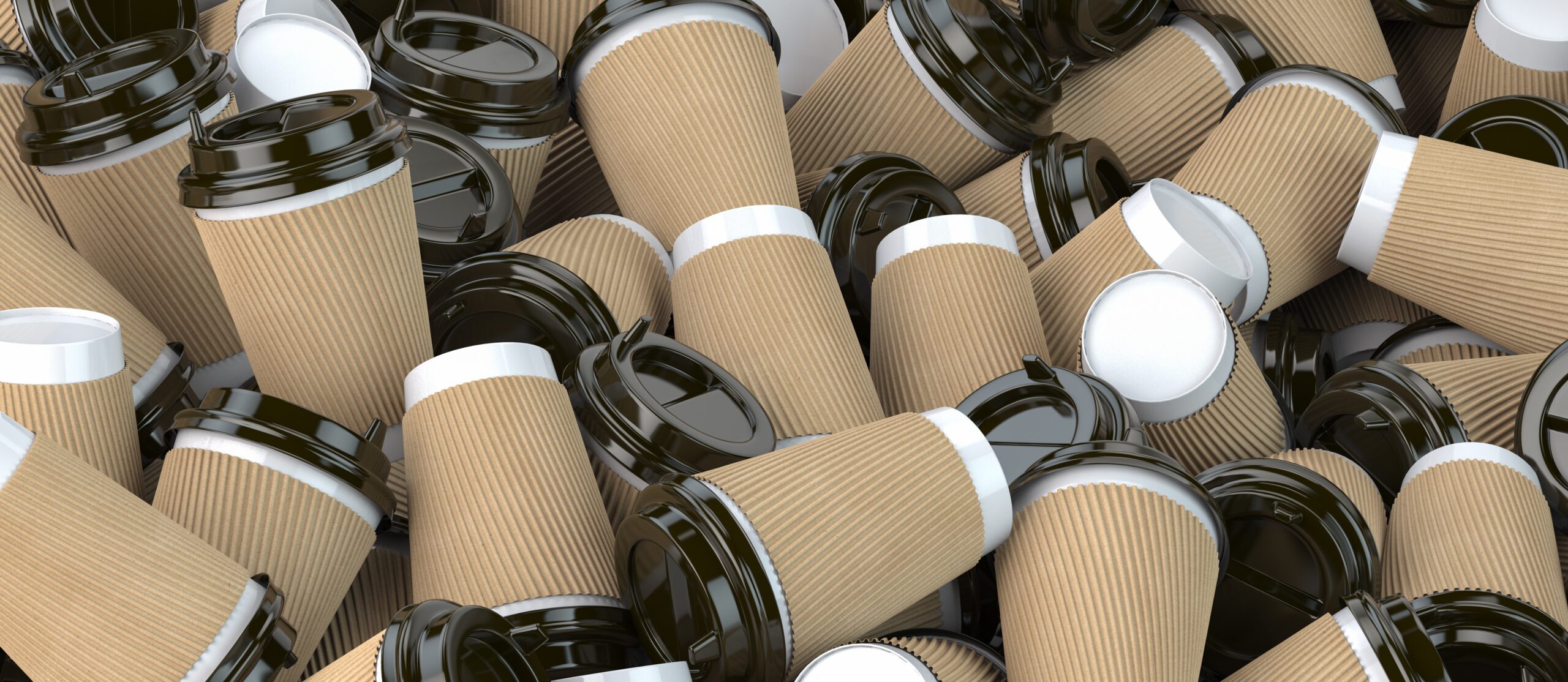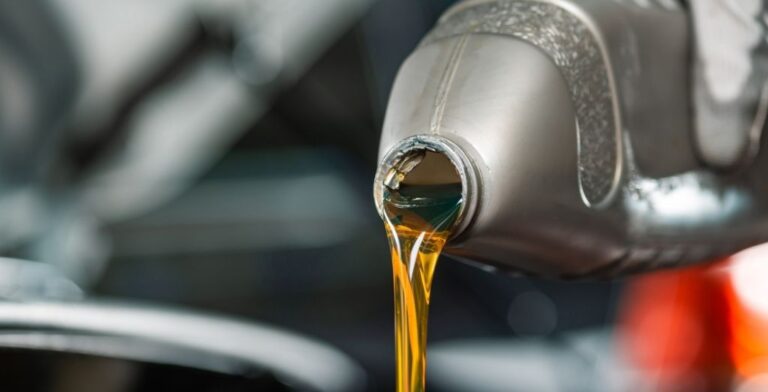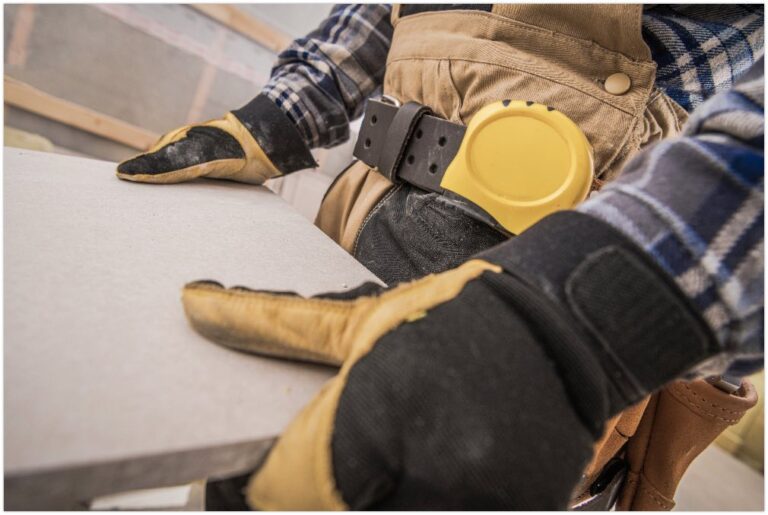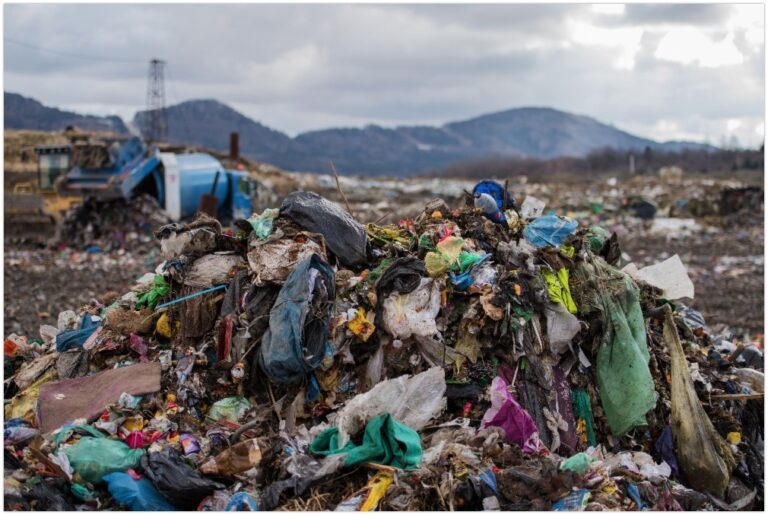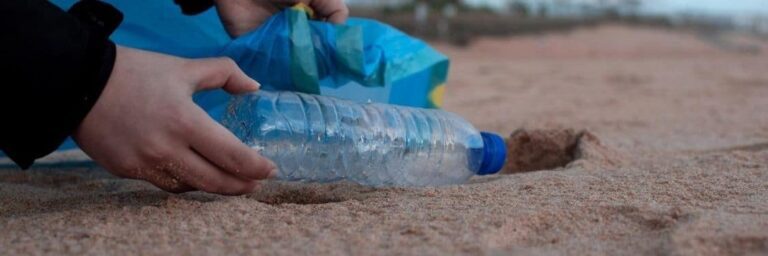How Many Coffee Cups Do Australian Dispose of Each Year
Astoundingly, Australians discard over 1.8 billion single-use coffee cups every year, each one contributing to a mounting environmental dilemma. This urgent issue serves as the focal point of our discussion, where we will uncover “how many coffee cups do Australians dispose of each year” and not only the scale of this waste but also the potential for more sustainable practices within the country’s vibrant coffee culture.
Key Takeaways
- Australians discard approximately 1.8 billion single-use coffee cups annually, with most not being recycled due to the plastic lining, leading to significant environmental concerns.
- Despite innovative recycling programs and eco-friendly cup designs, the majority of disposable coffee cups end up in landfills, contributing to plastic waste and environmental degradation.
- There is a growing movement towards sustainable practices, with coffee shops incentivizing the use of reusable coffee cups and consumers being urged to embrace alternatives to reduce their environmental footprint.
The Scale of Disposable Coffee Cup Consumption in Australia
When it comes to enjoying a good cup of Joe, Australians are no strangers to the ritual. Yet, few are aware of the monumental scale at which we consume—and dispose of—disposable coffee cups. With a nation of avid coffee drinkers, the numbers are staggering and paint a picture of a growing concern for waste management and environmental sustainability.
Annual Disposal Figures of Coffee Cups
Australians discard an astonishing 1.8 billion single-use coffee cups each year. That’s nearly enough to circle the globe multiple times if laid end-to-end. Every day, from dawn until dusk, Australians are tossing out roughly 2.7 million paper coffee cups. These figures spotlight a critical challenge: the management of disposable cup waste that predominantly ends up in landfills.
The disposal of these cups at an alarming rate—about 50,000 every half an hour—emphasises the pressing need for efficient waste solutions. With the rise of takeaway culture, particularly during the morning rush, the reliance on these convenient yet problematic vessels is more apparent than ever. The issue is significantly magnified by the fact that three-quarters of Australians consume at least one cup of coffee every day, thereby significantly increasing the country’s reliance on disposable cups and highlighting the importance of coffee cup waste statistics.
Coffee Cups in the Waste Stream
The pervasive nature of disposable coffee cups in Australia’s waste stream is hard to overlook. These cups represent a distinct challenge in waste management, as they are often not suitable for straightforward recycling due to their composition. One might think that paper cups, seemingly harmless, would be easy to recycle. Yet, the reality is far more complex, with most paper mills unable to process the plastic lining that makes these cups waterproof.
This complexity means that disposable coffee cups frequently end up as part of the non-recyclable waste that accumulates in Australia’s landfills. The environmental implications of this are considerable, as the cups contribute to the non-biodegradable waste that takes up space and resources in landfills across the country. As we examine the journey of these cups from the coffee shop to the landfill, the need for a shift in consumer behaviour becomes ever clearer.
The Journey of a Disposable Cup to Landfill
The lifecycle of a disposable coffee cup, although short, has significant repercussions. After serving its brief purpose, a staggering 90% of these cups end up in Australia’s landfills every year, culminating in an estimated 60,000 kilograms of plastic waste.
Given their single-use nature, these cups seldom get repurposed or recycled, resulting in a significant volume of the waste stream being constituted by used coffee cups.
The Plastic Lining Problem
The infamous thin plastic lining present in disposable paper cups plays a significant role in their journey to the landfill. This thin layer, designed to keep our beverages from leaking, ultimately becomes an environmental liability. It not only complicates the recycling process but also takes an exorbitant amount of time to degrade, releasing microplastics into the environment over decades.
Once discarded, these cups contaminate mixed recycling bins and are not recyclable through regular council waste services, contributing to the overall waste problem.
The Environmental Toll of Coffee Cup Waste
The environmental footprint of disposable coffee cups includes:
- Extraction of raw materials
- Energy used in manufacturing
- Transportation
- End-of-life waste that contributes to environmental degradation
When these cups are incinerated, they release toxic emissions, and as they decompose, they contribute harmful microplastics to the environment, posing a threat to marine life and ecosystems.
Reusable Coffee Cups: A Sustainable Shift
Given the alarming statistics on coffee cup waste, a sustainable alternative is gaining popularity: the reusable coffee cup. Environmental and waste management experts are advocating for a shift away from disposable cups, recommending that consumers carry reusable mugs that offer a more eco-friendly approach to their daily caffeine fix.
Benefits of Switching to Reusable Coffee Cups
Transitioning to reusable coffee cups can offer a multitude of benefits, both personally and environmentally. These cups can significantly reduce the amount of waste produced by their disposable counterparts, which are often not recyclable.
By using a single reusable coffee cup, also known as a reusable cup, consumers can enjoy long-term cost savings, as many coffee shops offer discounts for those who bring their own cups.
How Coffee Shops are Incentivizing Reusables
Coffee shops are at the forefront of promoting the use of reusable coffee cups. Through various promotions and incentives—such as cup swap systems, mug libraries, and customer competitions—cafes are making it more appealing for customers to ditch the disposable cup.
In Victoria, for example, coffee shops are offering discounts or even free coffee to those who bring their own cups, providing not just a financial incentive but also a way to reduce waste.
The Reality of Recycling Coffee Cups
Even with the best efforts of numerous coffee enthusiasts, the truth remains that the majority of disposable coffee cups are not recyclable through standard council waste services. This is largely due to the plastic liner that is a hallmark of disposable cups, which prevents them from being processed alongside other recyclables.
Even compostable coffee cups, which seem like a greener option, often do not reach composting facilities and end up in landfills, instead adding to landfill waste.
Specialized Recycling Programs for Coffee Cups
Nonetheless, the situation is not entirely bleak in the realm of recycling. Specialised programs like Simply Cups and RecycleMe have emerged, offering targeted solutions for recycling disposable coffee cups in Australia. Simply Cups, in partnership with 7-Eleven, has expanded access to coffee cup recycling with over 1,400 collection points nationwide.
Cafes, too, are doing their part by providing incentives and recycling points for customers who contribute to these initiatives.
Innovations in Cup Design
Another avenue in the fight against coffee cup waste is innovation in cup design, including coffee cup lids and the use of paper cup materials. Advances focus on creating biodegradable and compostable cups as alternatives to traditional cups, addressing both recycling and environmental concerns.
Innovations like the Huhtamaki Future Smart Duo lid, which is 100% plastic-free and fully recyclable and compostable, are paving the way for a new generation of eco-friendly disposable cups.
Reducing Our Footprint: Alternatives and Actions
Exploring options to lessen our environmental impact reveals that the most sustainable approach to savouring coffee involves conscientious and eco-friendly decisions, like opting for reusable cups. By adopting reusable coffee cups, we can:
- significantly reduce litter
- minimise waste in landfills
- conserve natural resources
- ultimately protect the environment.
From Paper to Pottery: Embracing Ceramic Mugs
Ceramic mugs serve as a classic and eco-friendly option for savouring both hot and cold drinks. They are durable, eliminating the need for disposable cups when patrons do not have a reusable option with them. Cafes can encourage the use of ceramic mugs they provide, which not only helps in waste reduction but also offers opportunities for personalization and branding, benefiting businesses while promoting sustainability.
Community Engagement and Education
At the community level, individuals can effect change by opting for reusable coffee cups and responsibly discarding disposable ones. By giving feedback and suggesting eco-friendly practices to local cafes, customers can play an active role in promoting environmental sustainability.
Summary
As we reflect on the journey of the disposable coffee cup in Australia, it’s clear that reducing the environmental impact requires a collective effort. From the alarming rates at which we dispose of these cups to the innovative solutions emerging in response, there is a path forward that involves each of us making more sustainable choices. Whether it’s through embracing reusable coffee cups, supporting specialised recycling programs, or simply saying no to disposable cups, our actions can shape a greener future.
Let this be a call to action. The next time you’re about to grab a disposable coffee cup, consider the alternatives at hand. Your choice to opt for a reusable option could be the ripple that starts a wave of change. Together, we can turn the tide on coffee cup waste and forge a path towards a more sustainable coffee culture.
Frequently Asked Questions
Why can’t disposable coffee cups be recycled through regular council waste services?
Disposable coffee cups cannot be recycled through regular council waste services because they have a plastic lining to prevent leaks, making them incompatible with most local recycling facilities.
What are some benefits of switching to reusable coffee cups?
Switching to reusable coffee cups can reduce waste, help save money with coffee shop discounts, and have a positive environmental impact by lowering greenhouse gas emissions.
How are coffee shops incentivizing the use of reusable cups?
Coffee shops incentivize the use of reusable cups by offering discounts, free coffees, and implementing cup swap systems, encouraging customers to participate in ‘Bring Your Own Cup Day.’ This can help reduce waste and promote sustainability in the long run.
Are there any recycling programs for disposable coffee cups?
Yes, there are specialised recycling programs like Simply Cups and RecycleMe that provide targeted solutions for recycling disposable coffee cups in Australia.
What can I do to help reduce coffee cup waste?
To help reduce coffee cup waste, you can use reusable or biodegradable cups, support sustainable coffee shops, educate the community, and dispose of cups responsibly. These steps can make a positive impact on reducing coffee cup waste.
